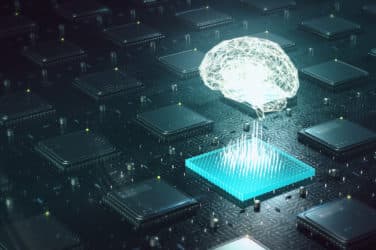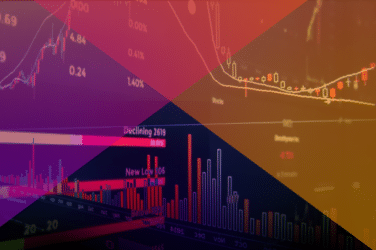The first step is to admit that there’s a problem and The Federal Reserve Bank of New York has recognized that, somewhat.
The authors of a recent post on its Liberty Street Economics blog noted that in its attempt to protect and stabilize the markets after the 2008 financial crisis, the resulting regulation has had “an adverse impact on bond-level liquidity.”
The authors concluded that the more leveraged systemic institutions and those institutions “that are more akin to investment banks” have switched roles regarding providing liquidity to the corporate bond market with the latter providing less liquidity than they did previously.
[broadstreet zone=”58119″]
I’m sure that most institutional investors are happy that the New York Fed’s research has reached the same conclusion that the buy side has witnessed since the crisis.
But are there any actual investment banks left?
Once Goldman Sachs applied for its New York banking license in December 2008, I thought of it as the death knell of the dedicated investment banking industry. The investment bank’s capital raising functions migrated to their regular banking counterparts while hedge funds took over their roles of market makers.
I doubt that the politicians and regulators who developed and implemented the Dodd-Frank Act, MiFIDs I & II spent much time thinking about the knock-on effects of their radical market structure changes would have when the markets returned to “normal” conditions.
As a result, dealers tend to keep only the most liquid issues on their balance sheets, which leaves asset managers warehousing the majority of the market’s corporate bond inventory.
Institutional investors would love to set the clock back so that market participants can play the roles of which they are the most familiar.
Just like trying to un-ring a bell, this is never going to happen.
No politician has the moral courage to repeal the market reforms and face the ensuing encounters of angry populists armed with torches and pitchforks.
The most practical, but slowest, thing to do is to wait for the generational turnover in the asset management community and have portfolio managers and traders who are willing to use new methods to find liquidity.
The industry already is seeing this in the adoption of electronic trading. According to recent Greenwich Associates research, 37% of global fixed income’s notional volume trades electronically. Adoption of electronic trading only will grow as more second-tier and boutique dealers that specialize in less-liquid issues begin participating on these platforms.
Electronic trading, however, is just a baby-step in fixing the inventory imbalance.
The greatest challenge will be getting institutional investors to accept the all-to-all trading methodology.
Right now, asset managers are willing to trade with other asset managers as long as they are not the price maker. Whether that derives from their clients’ charters or simply the fear of defending trading decisions to the firm’s board and regulators, asset managers as a whole aren’t doing it.
Until pension funds unshackle the asset managers’ hands and allow them to be price makers, all-to-all trading will never have a chance to rebalance bond inventories and the industry will be stuck with the status quo.






